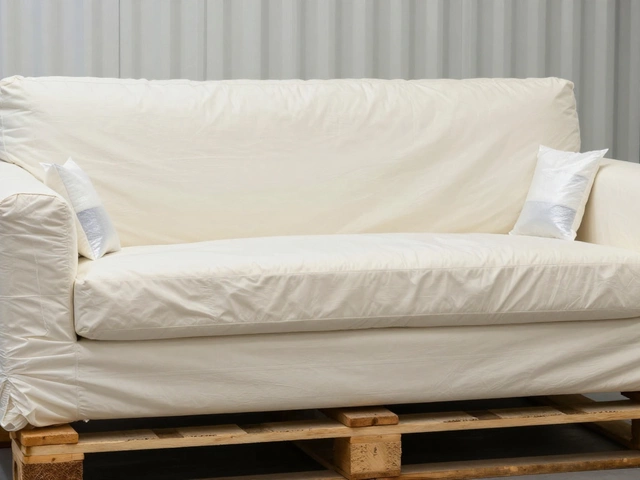Couch Care Made Easy: Keep Your Sofa Fresh Without the Headache
Got a favorite couch you love to sink into? It’s easy to let everyday life dull the fabric and sap the comfort. The good news is you don’t need a pro cleaning service for most problems. With a few simple habits you can keep your sofa looking and feeling like new for years.
1. Spot‑Clean Before Stains Set
When coffee, pet fur, or mud lands on the couch, act fast. Grab a soft cloth, dab (don’t rub) the spill with a mixture of warm water and a drop of mild dish soap. Rubbing pushes the stain deeper; blotting lifts it out. For tougher marks, test a small hidden area first and then use a vinegar‑water solution (one part vinegar to two parts water). Let it sit a minute, then blot dry with a clean towel.
2. Choose the Right Protection
Slipcovers are a lifesaver for families with kids or pets. They’re cheap, washable, and can be swapped when you want a new look. If a slipcover isn’t your style, consider a fabric protector spray. Look for a water‑based, non‑scented option that’s safe for your upholstery type. Spray lightly, let it dry, and you’ve added a barrier against spills and stains.
Vacuum your couch once a week. Use the upholstery attachment to pull dust, crumbs, and hair from the surface and crevices. This simple step prevents grit from grinding the fibers and keeps the fabric breathable.
Rotate cushions every few months. The side you sit on most gets compressed faster, so flipping them helps maintain even support. If your couch has removable cushions, take them off and give the frame a quick wipe‑down with a dry cloth.
Sunlight is great for mood, but too much UV can fade fabrics. If your couch faces a big window, pull the curtains during the hottest part of the day or use a UV‑filtering film on the glass. A few minutes of shade goes a long way in preserving colour.
When it’s time for a deep clean, check the care label. Some upholstery tolerates steam cleaning; others need a low‑moisture method. If you’re unsure, hire a local expert who knows the right technique for your fabric. Avoid over‑wetting; excess moisture can cause mould or shrinkage.
Finally, treat your couch like a piece of furniture you’d invest in. Keep snacks off the arms, use coasters for drinks, and consider a small throw blanket on the back for extra protection. These tiny habits add up and keep wear to a minimum.
By following these easy steps—spot‑cleaning quickly, adding a protective layer, vacuuming regularly, rotating cushions, shielding from sunlight, and cleaning wisely—you’ll extend the life of your couch and keep your living room looking sharp. No fancy tools, just a bit of attention, and your sofa will thank you with years of comfort.
Is It OK to Store a Couch Standing Up?
Storing a couch standing up can save space, but it comes with risks. This article explores the practical considerations, from protecting upholstery to ensuring stability and avoiding damage. Discover tips for safely balancing your couch and maintaining its condition. Learn about environmental factors that can potentially affect your couch during upright storage.







